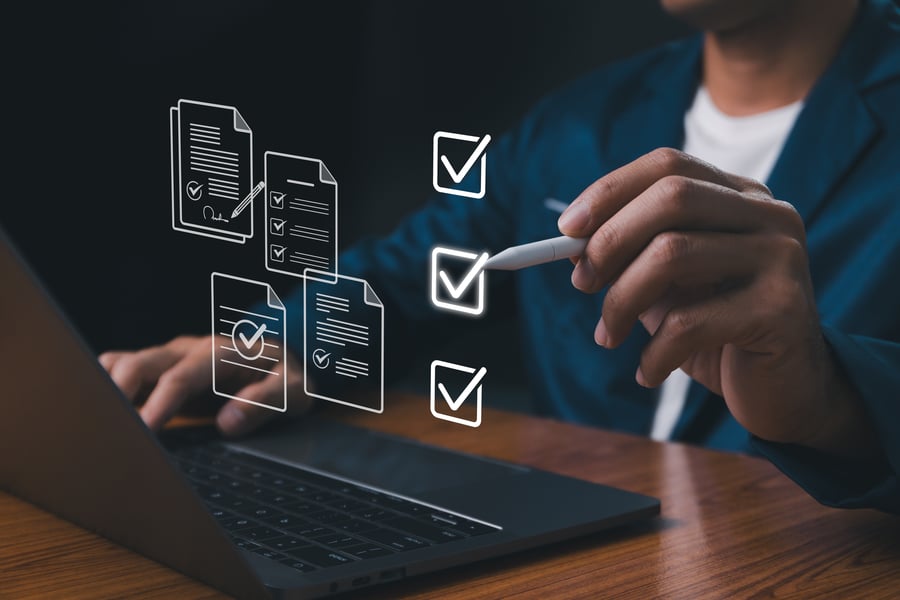The amount of money your business sets aside to account for financial uncertainty involves more than socking away spare change here and there. It can have a massive impact on your company’s future financial health.
All businesses carry debt, but you’ll find differences in the types of debts that your business carries. While some people consider “debt” to be a negative in any connotation, businesses can hold both good debt and bad debt. Bad debt can lead to issues down the road, such as a negative impact on your credit score or problems with cash flow. Good debt, on the other hand, can have the exact opposite impact. A low-interest rate loan from a reputable lender that you pay off regularly, for example, could be looked at favorably: your business is seen as responsible and you can be trusted with additional credit.



